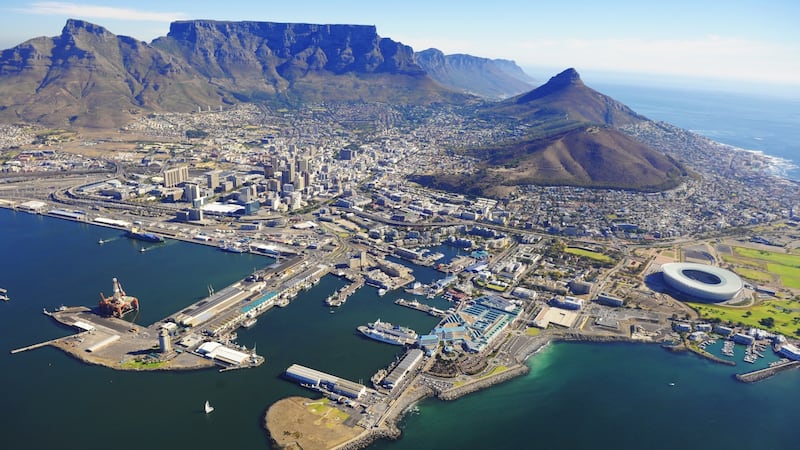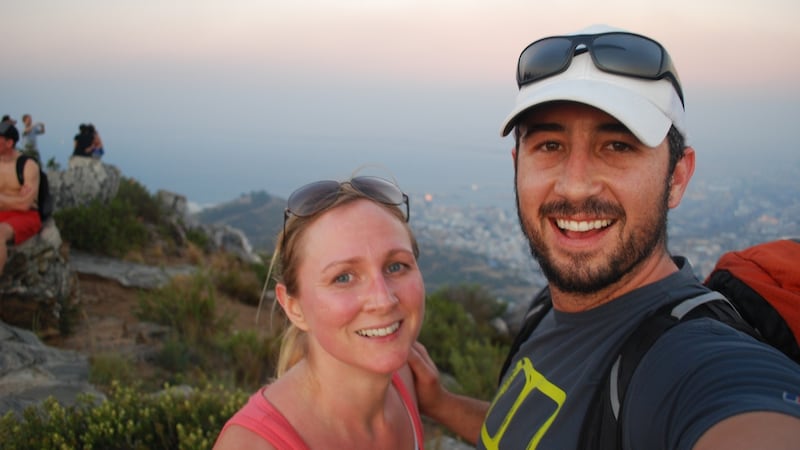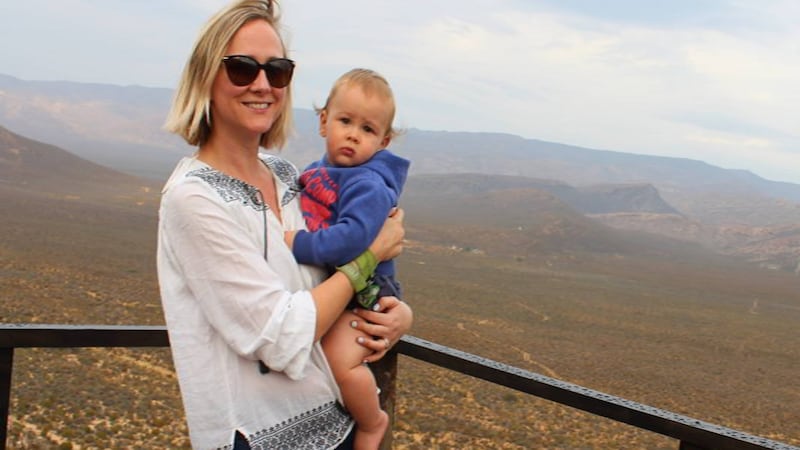Niamh NicLiam grew up in the village of Blackrock near Dundalk, and has been living in Cape Town for more than six years. She met her South African husband, Ivor, in Dublin in 2009. She has recently set up her own marketing consultancy, Angelfish Consulting.
Where is the first place you always bring people to when they visit Cape Town?
My first recommendation would always be Table Mountain. It is a special place and we’re really lucky to have it on our doorstep. A trip to the top is an absolute must for all visitors, and is guaranteed to delight for many reasons – the views, the wildlife, the experience, and the sheer magnitude.

The top three things to do there, that don’t cost money, are …
Most tourists tend to reach the top of Table Mountain via the cable car, however there are lots of routes to the top that cater for all abilities. Climb Platteklip Gorge, which is probably the easiest while still offering a challenge alongside spectacular views.
Cape Town has a plethora of beaches that suit all seaside desires. Visitors can hang with the beautiful people on the beaches of Clifton and Camps Bay, or swim the glacial waters of Llandudno beach.
Drive around the peninsula to appreciate everything Cape Town has to offer. Check out the shark spotters and surfers at Surfers Corner in Muizenburg, the penguin colony at Boulders Beach, baboons on the road to Cape Point and the truly awesome Chapman’s Peak Drive, ending with a sundowner cocktail in Camps Bay.

Where do you recommend for a great meal that gives a flavour of Cape Town?
We’re very lucky to have some of South Africa’s best fine-dining restaurants in this city, and they are definitely worth a visit. But for a really authentic experience, get a Gatsby, a footlong roll crammed with chips, meat, trimmings and sauce.

Where is the best place to get a sense of Cape Town’s place in history?
Visitors can tour the informal settlements to get a feel for how divided the city still is, but to me, the Bo Kaap is a great place to get a sense of Cape Town’s distinct heritage. The area originally housed Cape Malay slaves and their houses had to be painted white. When this rule was lifted and they could buy their homes, the houses were painted in bright colours as a mark of freedom. Many of the original families still live in the area.
What should visitors save room in their suitcase for after a visit to Cape Town?
The wine. We have an abundance of amazing wine farms in and around Cape Town, as well as in the surrounding areas.












